Download the PressClub podcast with Substack’s founders here or listen above while you check out this week’s essay:
Long ago, at a national newspaper far, far away, you’re a star writer. Readers open the Sunday issue and race to your section for your weekly analysis of current events. But you don’t feel you’re fairly compensated for the subscribers you attract and inform. A competing publication offers you a slightly better deal, but you’re scared of losing the fanbase you’ve built up. How would readers even know where to find you? You always dreamed of launching your own magazine, but you’re a writer at heart. You don’t have the initial capital, logistics experience, or distribution channel to print and ship your own publication. Plus, there’s no way you could pay your bills while waiting for the first subscribers to roll in.
So you stay put and stagnate. Your voice is diluted and homogenized to match the publication. You’re constrained by your specific beat, overbearing assignments, word limits, and the news cycle. The weird and wonderful ideas for articles die inside your head.
Fast-forward to today, and your options are much improved. Journalists, and many other types of creators, now have what I call “audience portability”. They can bring their fans with them when they switch employers…and many are discovering the best employer is themselves.
Starting over in the era of audience portability
You’re a star writer at a national newspaper. Readers open Twitter and race to see your key takeaways and behind-the-scenes commentary before reading your article. They reshare with friends and your follower count grows. Sure, the publication drives a lot of spontaneous page views, but your core fans connect with you directly. They care about your beat and your perspective but don’t have time for the dozens of other daily stories spread thin across topics. You’re a lot easier to identify with than the editors behind the scenes. A few botched reports and questionable opinion pieces have shaken their faith in the publication, but they trust you.
Perhaps instead of negotiating for a salary bump or bonus, you lobby to be able to put a signup link for your email newsletter at the end of the online articles. Your weekly blast to subscribers includes your latest stories for the publication, commentary on others related to your beat, and a little about what’s going on in your life. Your personality is your brand. It’s more relatable and human than some publisher’s logo that haphazardly bundles a range of voices. People feel like they know you. That means that no matter where you go, they’ll follow.
As Substack co-founder Hamish McKenzie explained on my show PressClub last week (get the podcast here):
“I think it's always going to be true that you can have that one writer, or a small handful of writers (and some people, maybe many more writers) you just really relate to so strongly that you're willing to go with them anywhere they go. And you respect what they have to say, and you kind of want to see their filter on — you want to see the world through their eyes.”
Then this week in Casey Newton’s Discord “Sidechannel”, Mark Zuckerberg reiterated a similar perspective on the shift towards individuals and audience portability: "
“A big part of the creative economy is that it's enabling individuals, and shifting power from some traditional institutions to individuals to exercise their own creativity . . . I think one of the powerful things that Substack has done is making it so that … if someone signs up with them, [and] decides to pick up and go to another place, your subscriber list is yours.”
Check out PressClub’s recent Q&A with Mark Zuckerberg and podcast with him plus the CEOs of Spotify and Shopify
Stay an artist while you start a business
So you go solo and launch a premium Substack newsletter. You’re comfortable building your membership there because it supports audience portability, and you could always leave. The announcement blows up on Twitter and a few hundred of your followers pay to subscribe. So do a subset of the free subscribers you’ve been steadily collecting. You were anxious they wouldn’t, though. Luckily, the crisis of poor monetization for creators has sparked a renaissance of new startups building tools and revenue models to help. Maybe your name was big enough that Substack paid you an advance to go independent, giving you cash in exchange for the majority of your first-year subscriber revenue. Or you got one of Karat’s credit cards for creators, with a spending limit based on your strong Twitter following and engagement.
The solopreneur model doesn’t work for every style of creation. Investigative journalists who spend months working on a big story are likely better served by publishers with fact-checking teams and that can bundle their work with daily news hits. Independent creators aren’t replacing all of the old formats, but instead augmenting them with more niche, intimate, and traditional content.
Your favorite part is you just get to write. Like how AWS made it easier to launch a startup because you didn’t have to spin up servers manually, Substack handles the engineering infrastructure and payments so you can stick to your art. Substack might even connect you with health insurance and legal assistance if someone tries to sue. You ally with some other writers on a Telegram group chat like Type House or your own Discord server like Sidechannel to replace your old editors with peers who can help you workshop stories. They’ll even take over a week of publishing duties for your newsletter if you’re feeling burned out and need a vacation.
Refreshed and empowered, you embrace your weird and wonderful ideas. You write for your niche audience who love your eccentricity, instead of making one-size-fits-none content for the lowest common denominator. You define your own rules around objectivity, and readers respect when you make predictions or judgment calls. Because you only publish a few times per week, you can push newsletters to readers’ inboxes instead of praying they’ll navigate to your site. The community grows, and grows more tight-knit.
Soon enough you’re earning as much as you did at the publisher. It’s undoubtedly high-pressure. Some who go this path and fail to find creator-market fit or become a confident self-promoter will wither away and slide back to the publishers. You feel under the gun to deliver for your subscribers to prevent churn. But at the same time, it’s invigorating to see a big scoop or insightful essay you put your heart into directly translate to higher pay. You’re not subsidizing the overhead of bureaucracy, a big office, or unpopular beats.
And for the first time in your career, you feel anti-fragile. You’re no longer vulnerable to a publisher’s budget cuts, pivot to video, staff redundancy after a merger, or ‘new editorial direction’. No one can say that what you believe isn’t fit to print. You can experiment with new formats or revenue streams like exclusive chat rooms, paid podcasts, ticketed events, merchandise, job boards, speaking gigs, or sponsorships. And you’re free to tell your subscribers about them because they’re yours. You are your own gatekeeper.
A fair marketplace for talent
The shift in power from publishers to personalities will manifest across mediums. Incumbent organizations will continue to hemorrhage talent until they properly compensate their top performers, offer long-term incentives for building the publisher’s brand, allow co-ownership of persona-driven properties like newsletters and podcasts, and lift up individuality rather than sterilize it. Media should take cues from sports teams, which intimately understand how spotlighting and retaining stars is crucial to building a popular franchise.
This is all happening now. Charlie Warzel and Zeynep Tufekci of the New York Times, Eric Newcomer of Bloomberg, Casey Newton of The Verge, Alex Kantrowitz of BuzzFeed, and many more have moved their primary writing from big publications to Substack in just the past year. I considered the path myself before I left TechCrunch to become an investor at SignalFire, which lets me continue to write while monetizing through equity instead of subscriptions.
In an age when creators can bring their following with them, a more rational marketplace for their talent will emerge. Traditional publishers and social networks will have to compete with self-serve platforms to offer creators the best growth, monetization, and infrastructure. That’s a win for audiences who get more diverse content, as well as creators who get a more stable career path. And hopefully, for digital publishers too if it forces them to cast off the constraints of the old print and broadcast mediums they emulate. Let talent go deep, get weird, and geek out. As Stratechery’s Ben Thompson said on PressClub’s Future Of Newsletters episode, “A lot of this is people following people."
PressClub podcast: Substack’s founders
On the PressClub podcast, the Substack founders joined me to dig deeper into why writers are going solo, how the shift from web to mobile sparked the rise of newsletters, how and how Substack can justify its 10% fee. Download it here!
We also brought on some surprise writers from Substack, including Insight’s Zeynep Tufekci, Sinocism’s Bill Bishop, and Ask Polly’s Heather Havrilesky to give us a first-hand creator perspective.
A few quick highlights:
Will Substack launch video? “Yeah, I think we would love to do that at some point”.

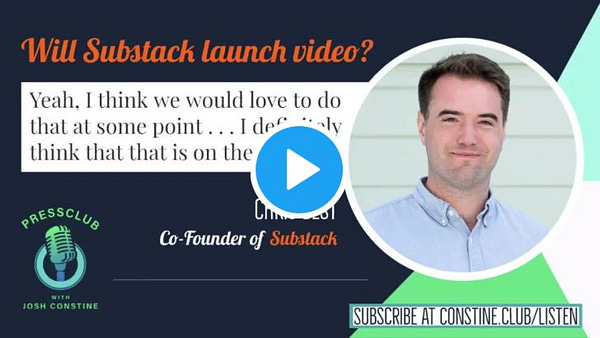
On the tension between Facebook’s hands-on moderation policy and engagement-bait algorithm, in contrast to Substack’s hands-off policy:
“As a reader, you’re kind of delegating to Facebook, saying, ‘Hey, Facebook, you tell me what I should see.’ And Facebook is working kind of for you and kind of against you, in that they kind of want to show you the stuff that is the most compelling, that's the most engaging, that's going to keep you there the longest. And inevitably, that almost pulls you towards things that are going to be deranging or polarizing or dangerous. On the one hand, they have these rules that say you can't go there. On the other hand, they have this algorithm that kind of pulls you in that direction . . .
. . . I'm not sure that modeling what we do on what they do would make a lot of sense, because on Substack, it's really up to the reader to decide what to read. And while that doesn't make it trivial — it doesn't like, erase all of these problems or mean that we don't have to do anything — I do think it makes it a much more solvable problem and not directly comparable to when you think of Facebook or Twitter, etc.”
Why are newsletters suddenly all the rage? “Email is the last thing that everyone has on their homescreen that you also have push notifications for.”

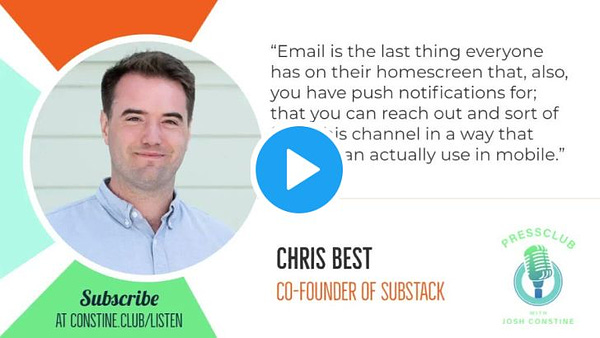
On whether Substack can justify its 10% revenue share for top writers:
“In the long run, it really comes down to the growth side of the thing, right? . . .What's always true is that the rate at which you're growing has way more of an impact on how much money you're going to make over the next year, two years, three years than what exactly the fee is . . . that's going to totally overwhelm the 10% . . . so we want to make the platform the best possible place to build one of these businesses . . . If you're making any amount of money, if you're making $100 million a year from Substack, and you're paying 10%, and you're like, ‘Oh my god, $10 million a year is too much’, we can go back to you and we can say, ‘hey, you may be paying 10%, but look here. 20% of your readership came because of the benefit you got from being on the Substack platform — were introduced to you through the network of Substack readers and writers. It actually looks like you're paying negative 10%.’”
Thanks a ton for reading! Hit me with your feedback! Building something for the creator economy? We at SignalFire would love to hear your pitch. Otherwise, catch us Thursday April 22nd on Clubhouse for the next PressClub!




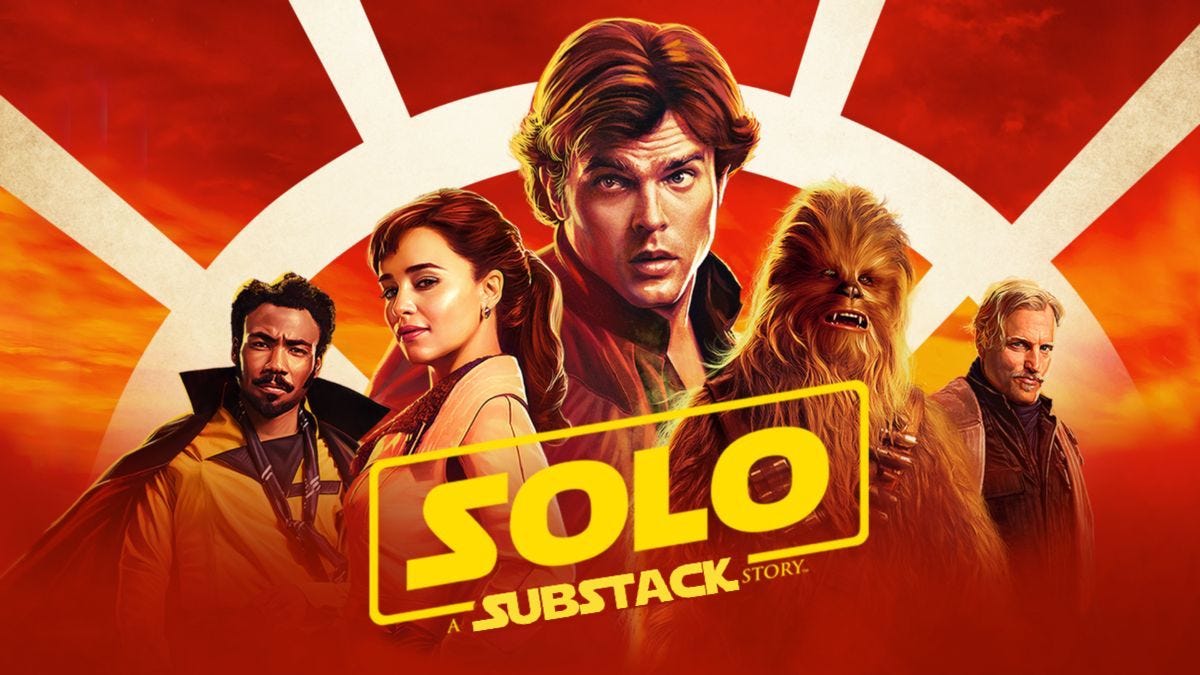

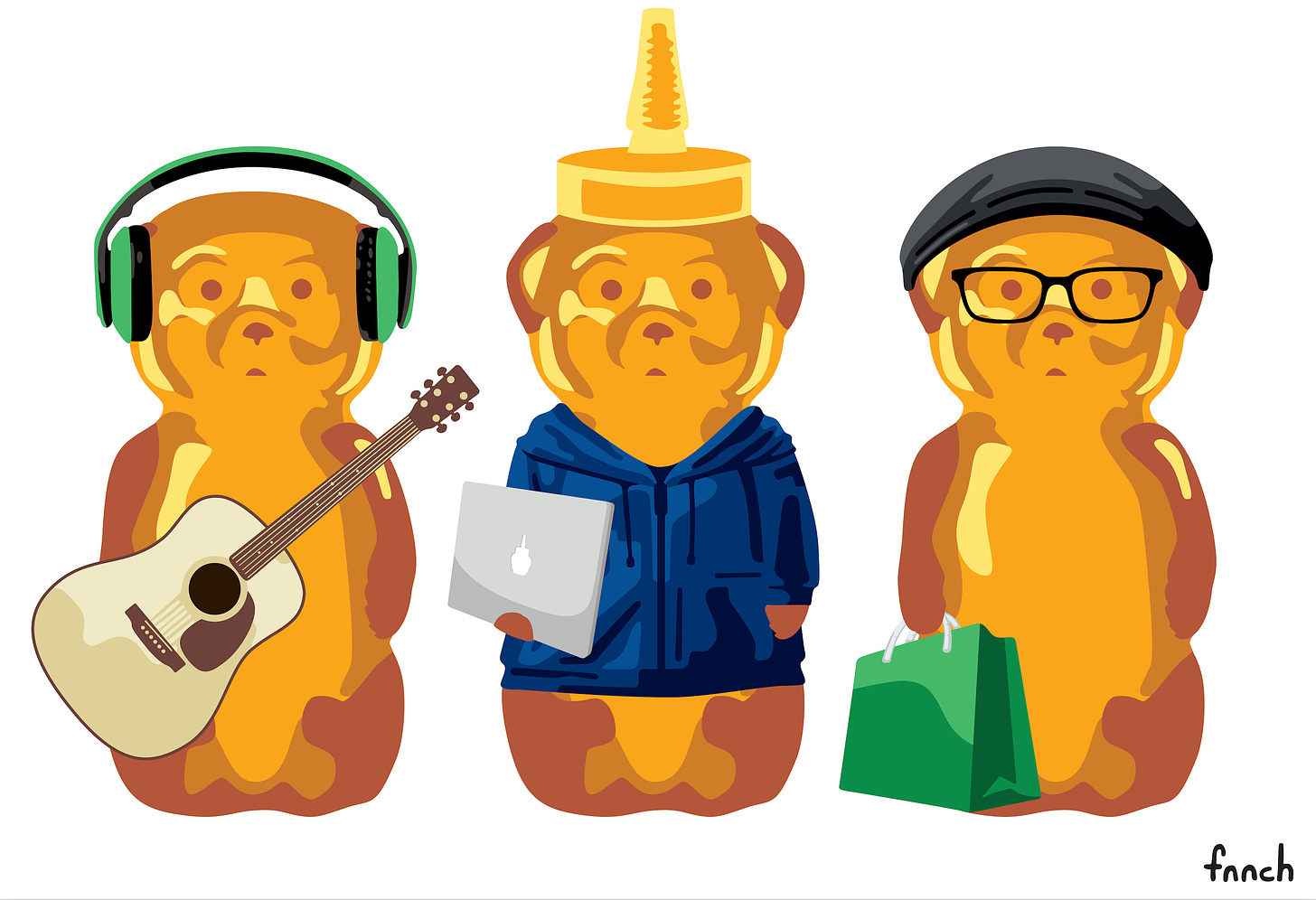
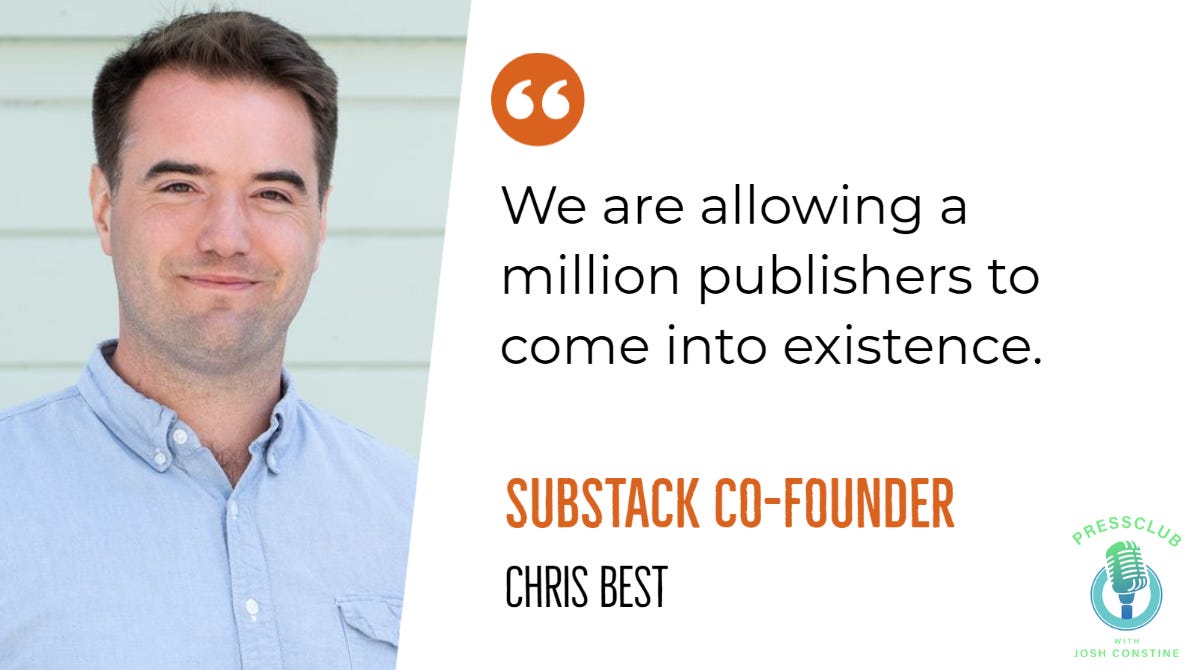
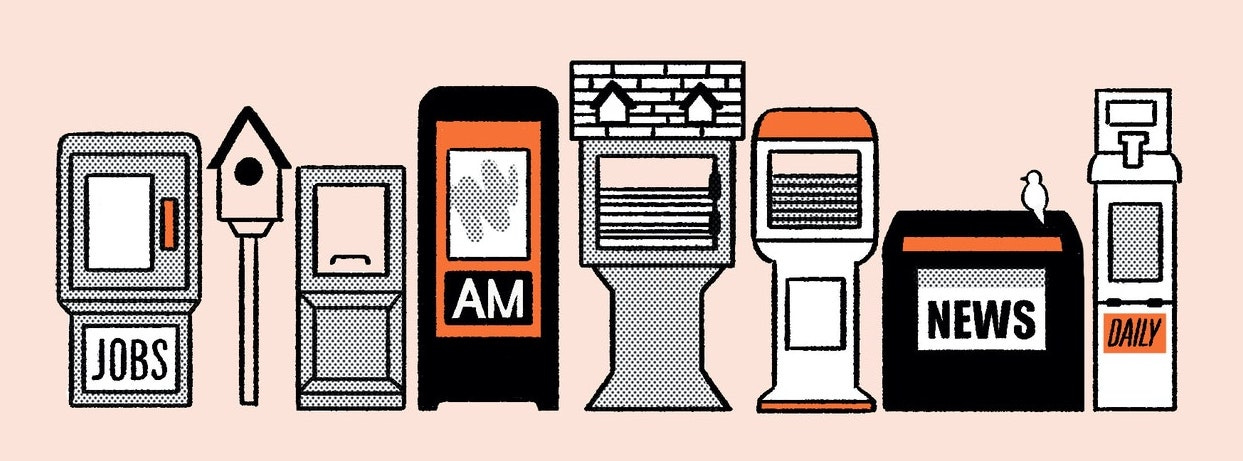
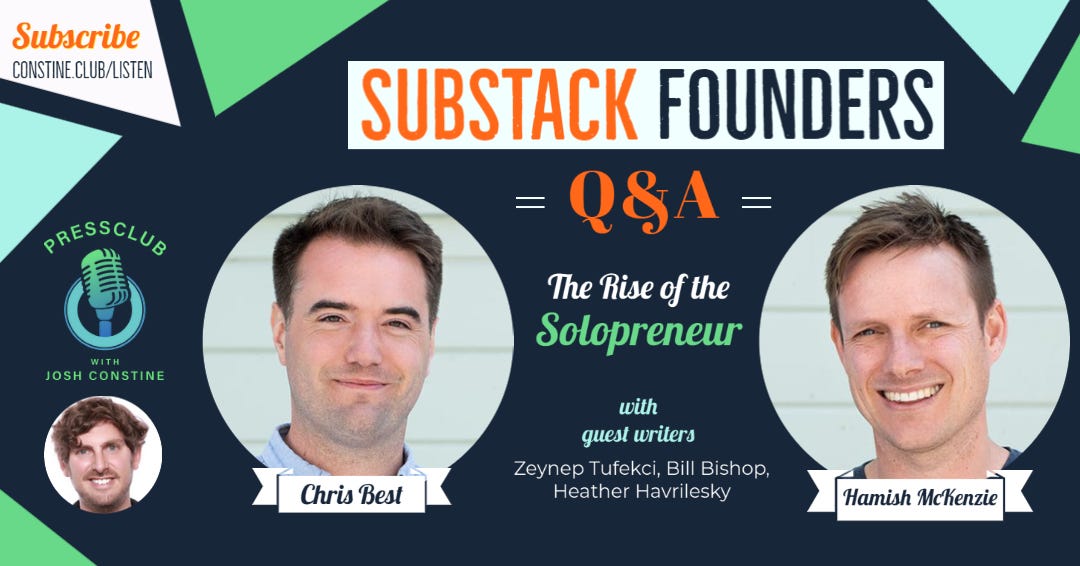



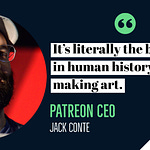
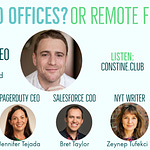
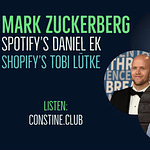
The power shift from publishers to personalities